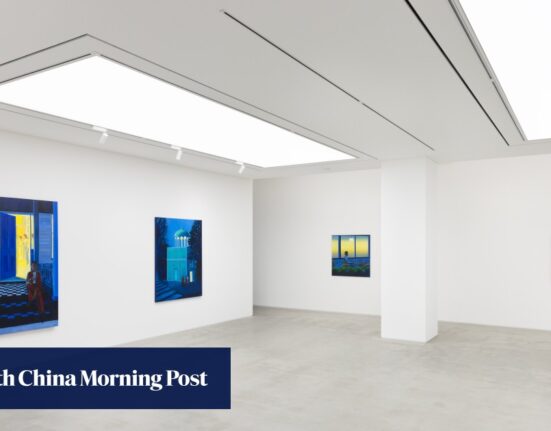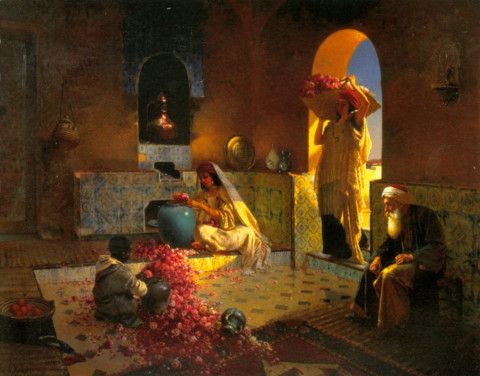Like every magazine that respects itself and wants the best for its readers, we too have made a list of our top ten picks! This time, we chose to present ten European artists that you have probably never heard of, but really ought to know… We are confident that this list will increase your personal creativity index by at least one notch.
We came up with a mix of contemporary and established art and artists from the Eastern Partnership countries, because we think that in this way we can keep it fresh and young, while also drawing inspiration from more established art. Balance is the key!
Art is not limited to a specific type or material. It has different means of expression. Art can be figurative, writing, photography and so much more. Our inspirational quote of the day is that it’s not just about the conventional “art”, but about being able to make art out of anything and everything. Read on, and you’ll see what we mean…
So while letting yourself get inspired by the works we have presented, we want you to keep this question in mind after reading the article: why are artistic skills and artistic sensitivity important?
The YEAs of the Arts and Culture Working Group would love to discuss this question with you, so if you want, we can set up a whole online discussion forum about it, drinking some good Georgian Tarhun soda for further inspiration.
Aljoscha, Ukrainian contemporary installation artist.
The conceptual artist Aljoscha, was born in 1974 in Glukhov, Ukraine, and currently works and resides in Düsseldorf, Germany. Aljoscha is best known for his characteristic visual language exploring the possibilities of synthetic biology in art. His sculptures and installations are a manifestation of organic life with a futuristic touch.
Aljoscha says his works explore the possibilities of bioism, the development of objects in art in such a way as to enable them to express the visual possibilities of synthetic biology. He seemingly creates new living forms based on vitality, multiplicity, and complexity. In doing so, he integrates these new organic forms into public spaces, site-specific installations, or as interventions in an urban environment.
https://www.instagram.com/aljoscha.aljoscha
https://kyiv.gallery/en/belaschuk-tetiana
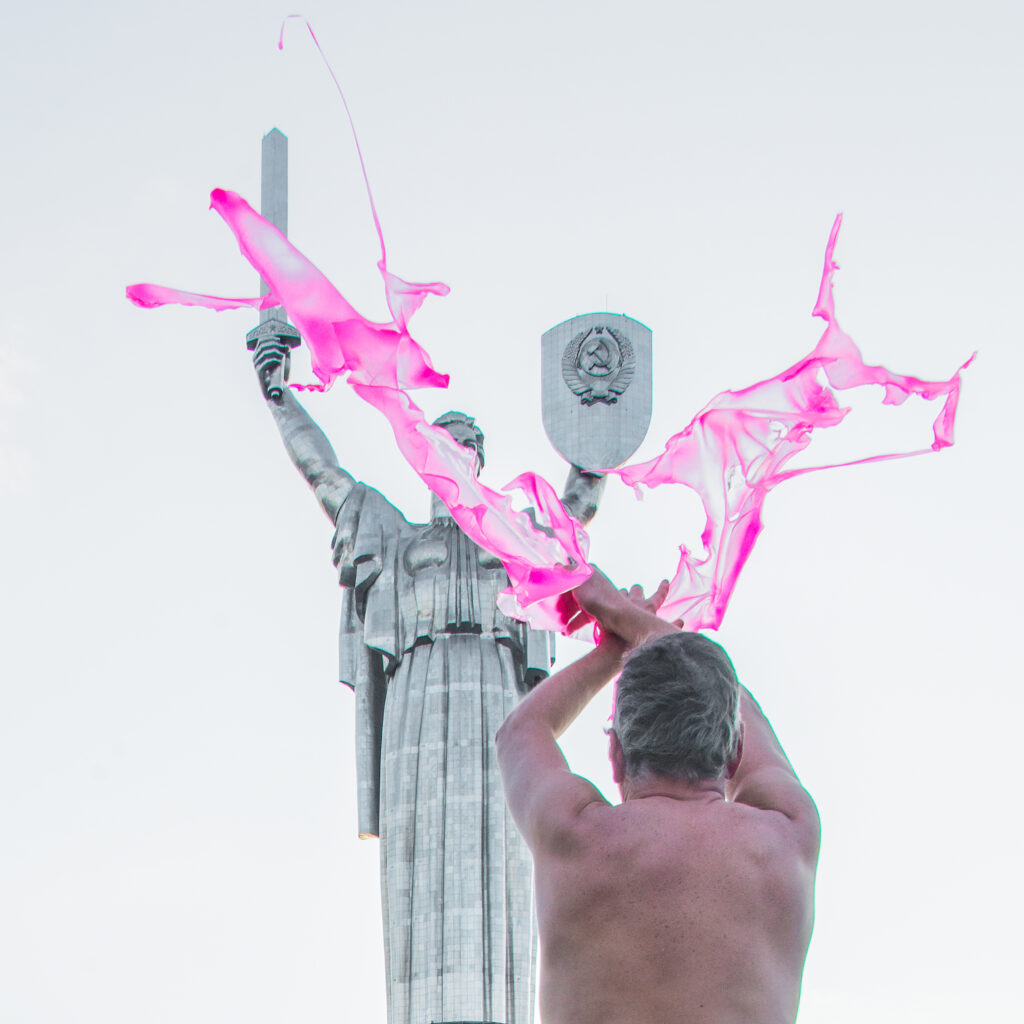
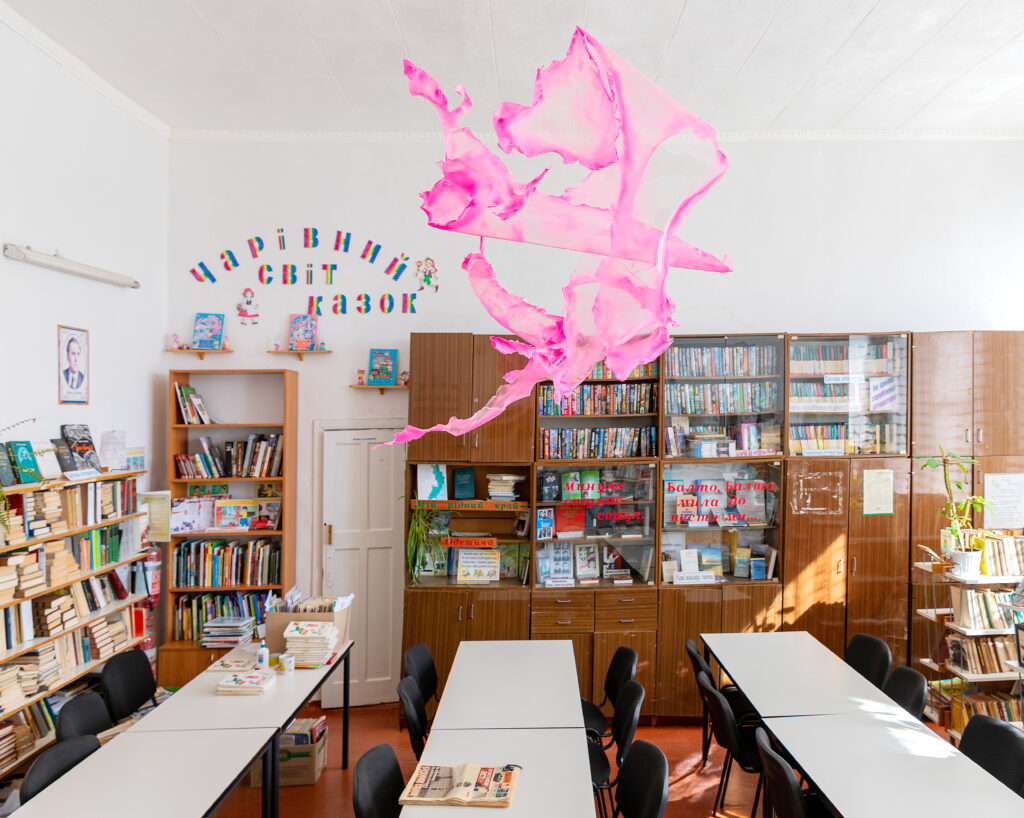
Faig Ahmed, Azerbaijani artist.
Internationally acclaimed artist Faig Ahmed has been described as “daring and futuristic”. He is perhaps best known for his famous, hand-woven rugs that appear to melt into pools of liquid onto the floor. Ahmed seeks to challenge the boundaries of traditional crafts and re-imagine them to create a new visual aesthetic. His work is diverse and includes painting, video work and installations.
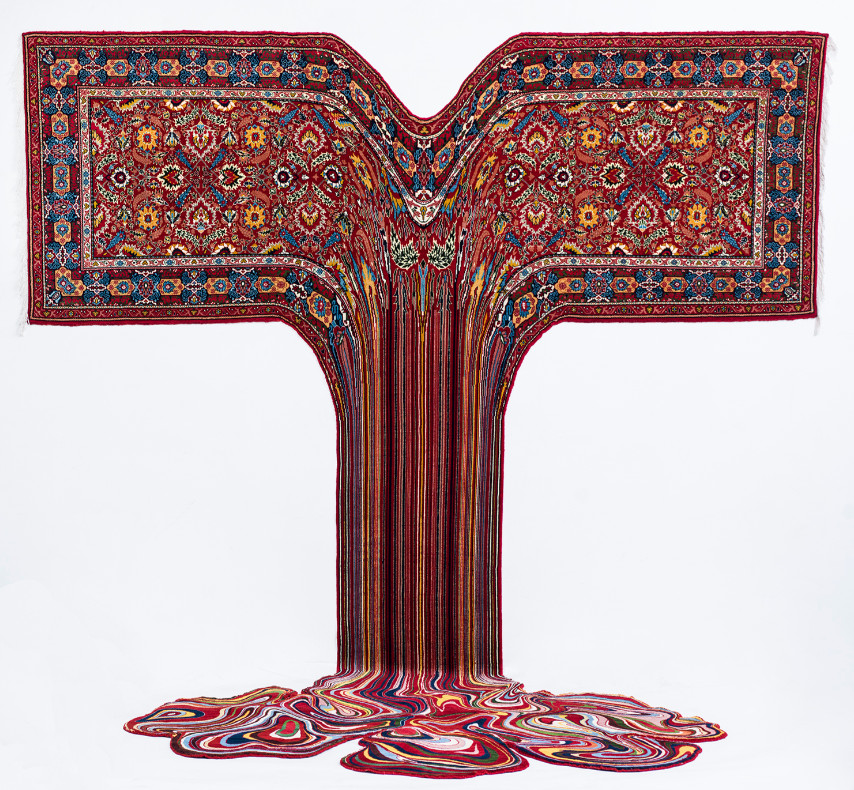
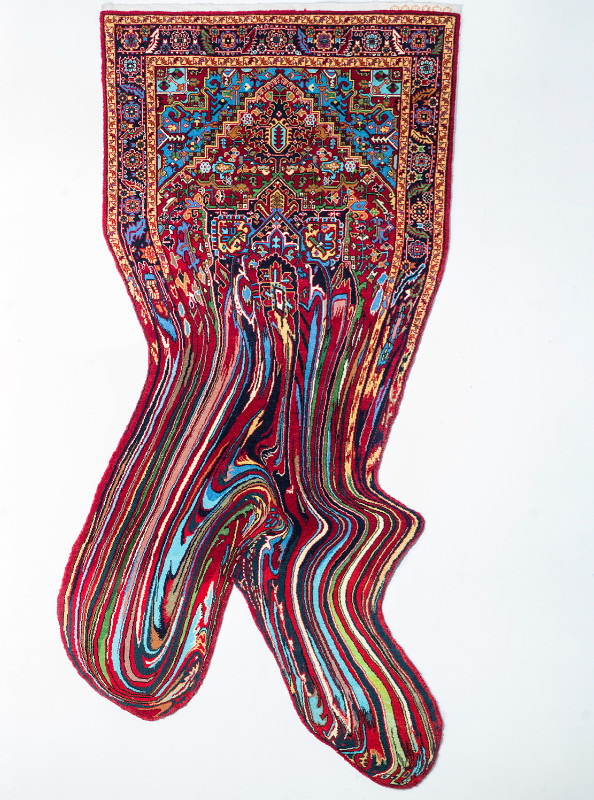
Farid Rasulov, also from Azerbaijan.
A doctor by training, Rasulov only began working in the visual arts after he graduated. He works across a variety of media, and his playfully provocative installations led him to be selected to represent his country at the 2009 Venice Biennale. Rasulov insists that his art is not profound and that he is simply replicating some of the commonplace things he sees around him in daily life.
Albert Garnikovich Yavuryan, Armenian cinematographer.
Yavuryan was one of the most acclaimed cinematographers in Armenia. He was awarded the Movses Khorenatsi Medal in 1999 and given the title, “Merited Artist of Armenia”, in recognition of his outstanding contribution to the arts. Amongst his most famous works is the movie Barev, yes em, or “Hello, that’s me”, (1966), which tells the story of Artyom Manvelyan, a famous physicist and founder of a cosmology laboratory in Armenia. With loyalty and gentleness, the physicist keeps alive the memories of the past war, his friends and lost love. This film, along with his subsequent movie, Ashik Kerib, (1988), secure Yavuryan’s reputation as a cinematographer with a worldwide legacy.
Shalva Kikodze, Georgian painter, graphic artist and theatre designer.
When visiting Georgia, a visit to the Art Museum of Georgia in Tbilisi is a must. This museum contains one of the foremost art collections in the country and the painter Shalva Kikodze occupies a special place within it. From his school days, and subsequently in Tbilisi, Kikodze worked for periodicals, especially satirical magazines, where he published cartoons of public officials, combining his art with political commentary. Here are some of his paintings, which will hopefully inspire you to go and see them in real life.

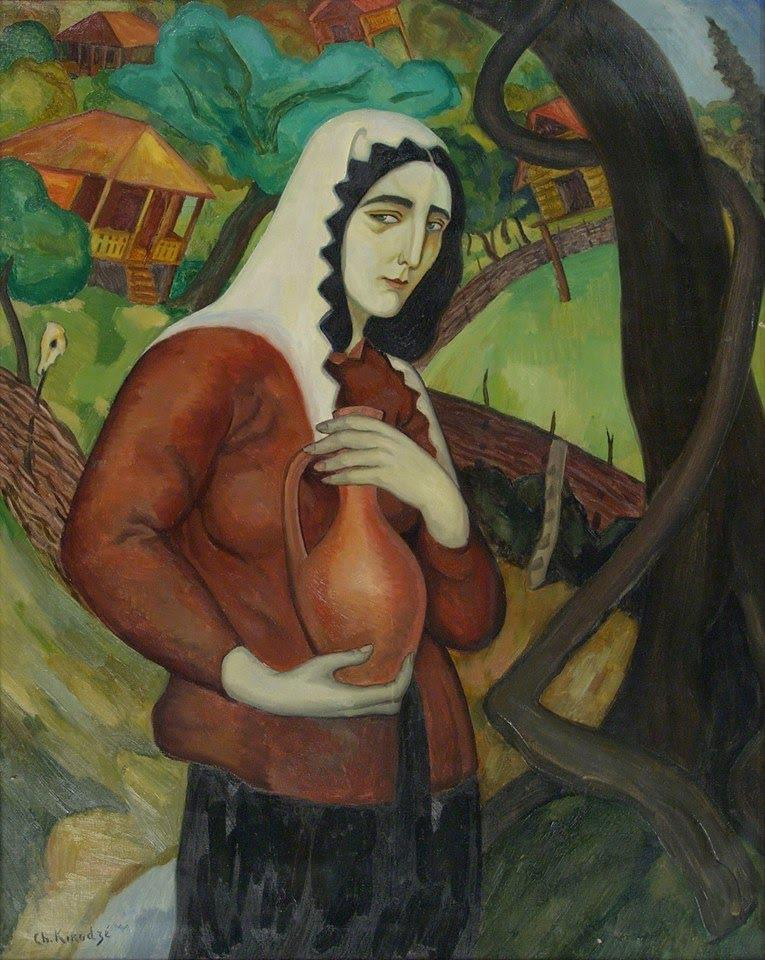
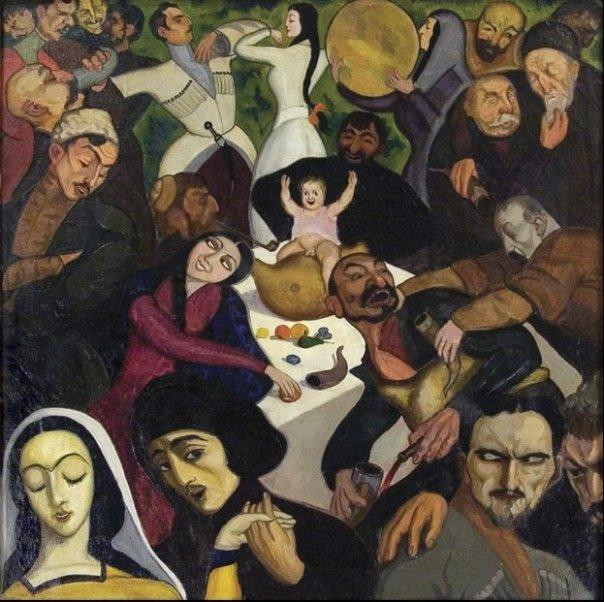
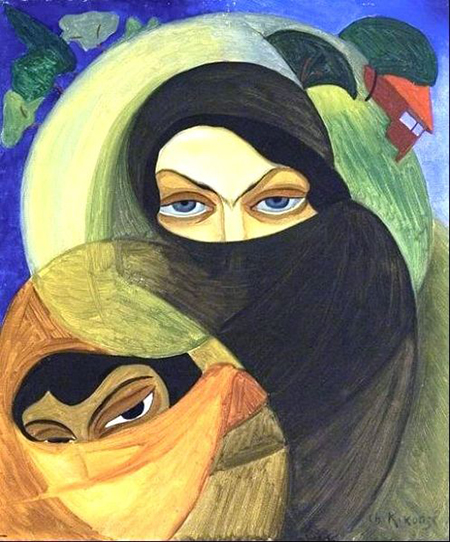
Andrei Mudrea, Moldovan Postmodernist.
The late Andrei Mudrea (1954-2022) is considered to be one of the most significant Bessarabian painters, and has an entire gallery devoted to his work. A postmodernist, his art is characterised by high drama. His work evolved over five decades, as he sought an appropriate artistic response to the changes he saw around him in national life.
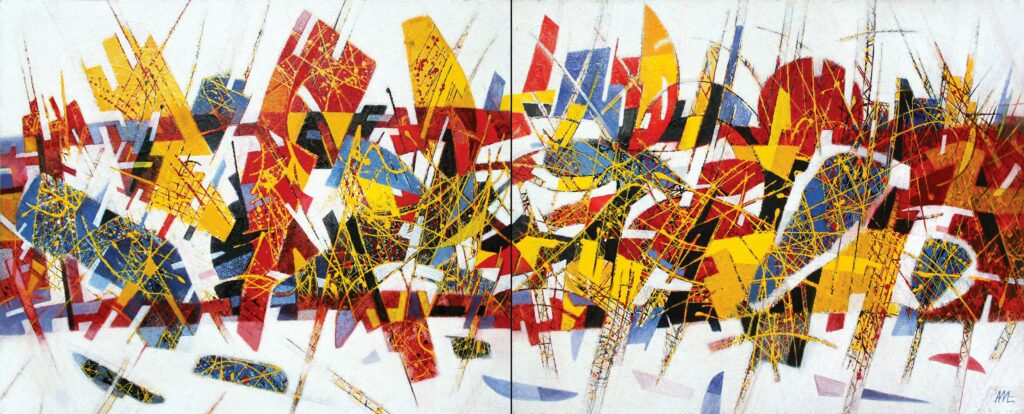
Victor Cuzmenco, Moldovan artist.
Born in 1948, Victor Cuzmenco is an award-winning artist based in Moldova whose paintings have been exhibited internationally. He works in acrylics and oils to create minimalist geometric forms and describes his artworks as exploring ontological questions of being, through which he attempts to ‘express the life of spirit free from matter.’
https://www.instagram.com/victor.cuzmenco/
Valzhyna Mort – Contemporary Belarusian Poet.
Valzhyna Mort is a Belarusian poet who has received multiple awards for her work abroad. She is the first poet to publish Belarusian/English poetry, thereby making more accessible to the non-Belarusian-speaking world the struggles and birth-pangs of her emerging new nation. Her work inspires us to become more aware of how the environment we live in, our culture and heritage, all combine to influence us in many ways, even subconsciously.
In her poem “Factory of tears” for example the reader can catch for example the essence of pure love portrayed by the feeling of tenderness and at the same time imposibleness to find in other people. The metaphors that she is using to capture that feeling can be bodily sensed by the reader while reading as if they are experiencing it since they stem from everyday life.
Zhanna Gladko, Belarusian artist.
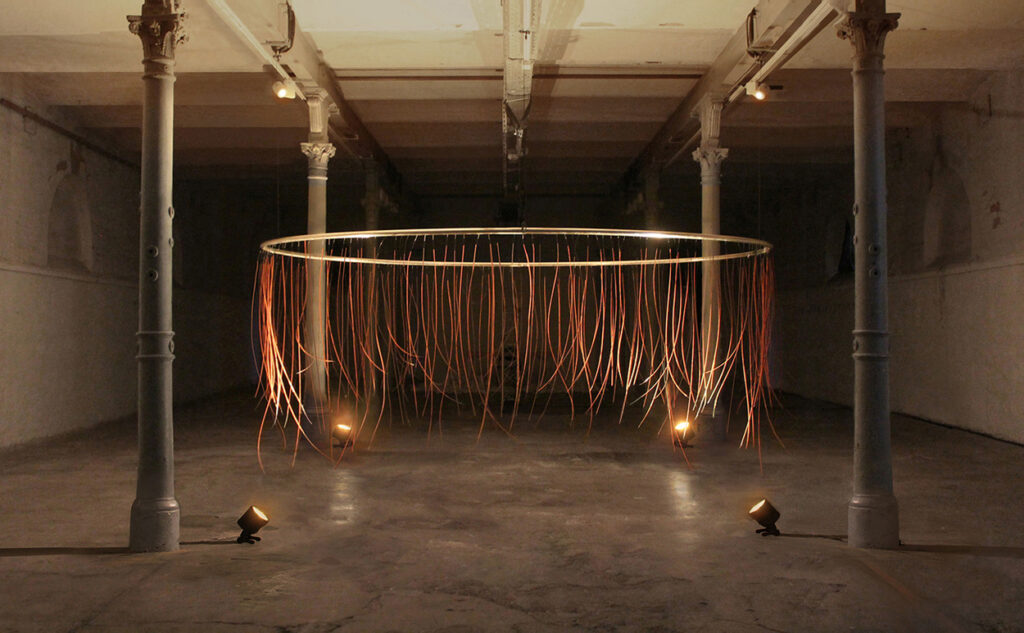
Zhanna Gladko is a Belarusian artist who has exhibited in numerous international galleries and museums. Her work contains a strong autobiographical strand – a recent project focussed on analysing conflicting relationships with the father – but always seeks to relate the personal to contemporary socio-political events. She is drawn to the issue of conflict and the dialogue of divergent systems.




